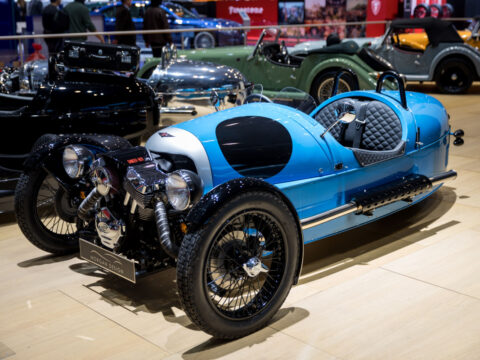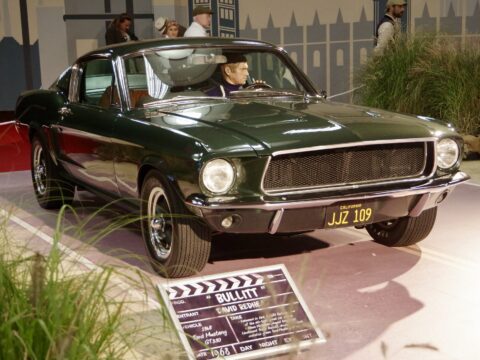Over time, even the most iconic vintage airplanes can lose their market value. As technology advances and newer models take over, many older aircraft become less practical and too costly to maintain. While they may hold historical significance, their value in today’s market has steadily declined. Here are 19 vintage airplanes that have seen their market value drop over the years.
Contents
Douglas DC-3
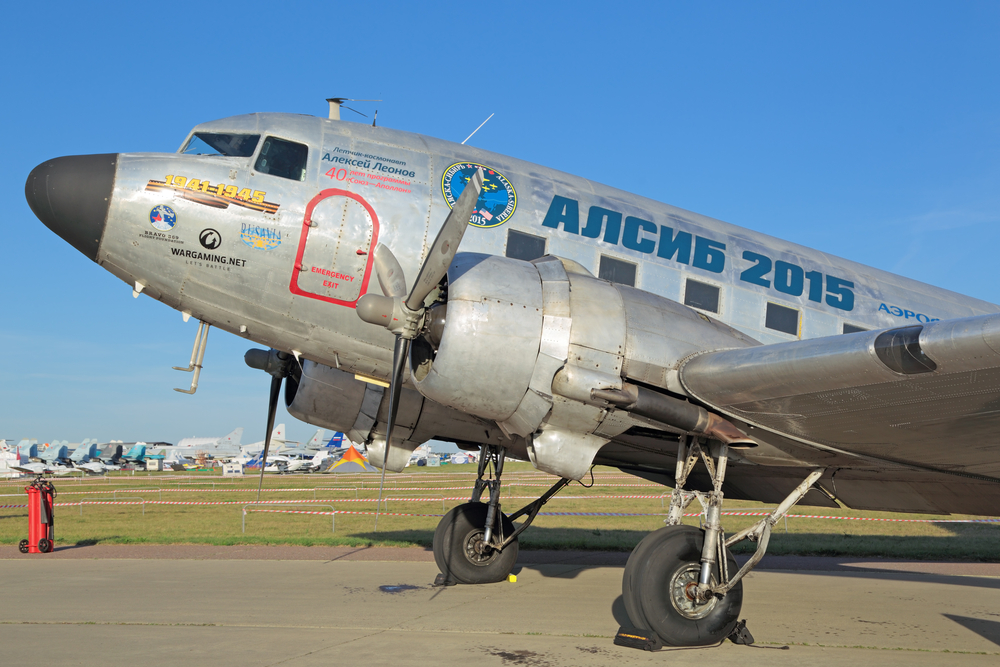
The Douglas DC-3 was once a pioneer in both commercial and military aviation. However, as more fuel-efficient aircraft became the standard, its operational cost outweighed its utility. Though it holds a nostalgic place in aviation history, maintaining a DC-3 today is incredibly expensive due to the scarcity of parts. Its limited functionality in modern aviation has further contributed to its drop in market value.
Boeing 707
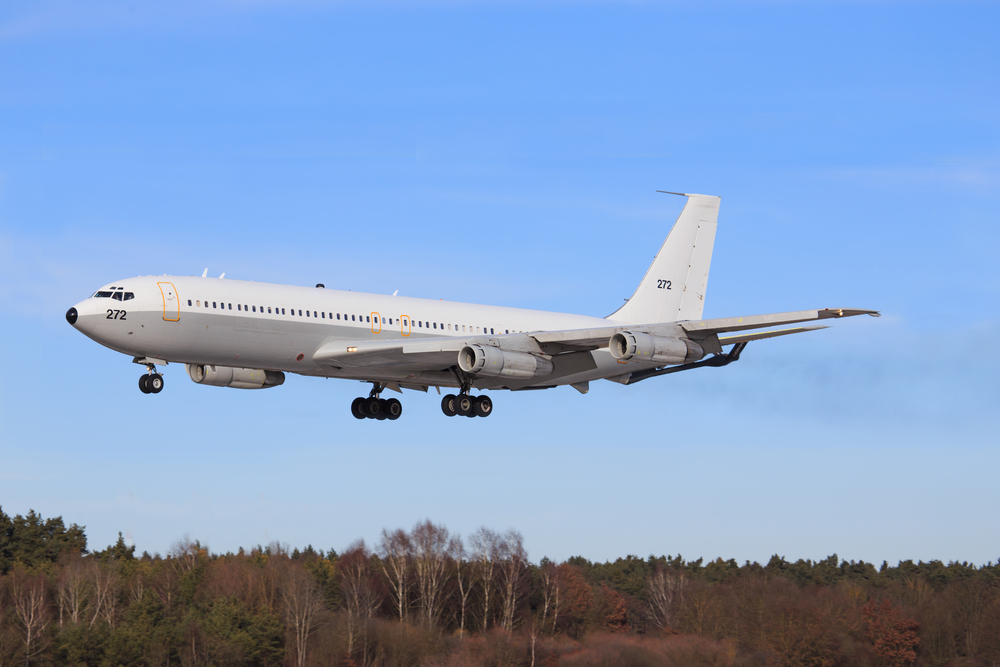
The Boeing 707 revolutionized air travel during its heyday, yet today it’s no longer competitive with more advanced models. Aircraft like the Boeing 737 have replaced it, offering greater fuel efficiency and passenger capacity. The high costs of maintaining this aging aircraft have deterred many collectors, despite its historical significance.
Lockheed Constellation

With its sleek design and cutting-edge technology for the time, the Lockheed Constellation was once the pride of the skies. Unfortunately, jet technology quickly rendered it obsolete, and its high operating costs further deterred buyers. While its historical importance is undeniable, the expense and difficulty of restoration have driven down its appeal.
Vickers Viscount
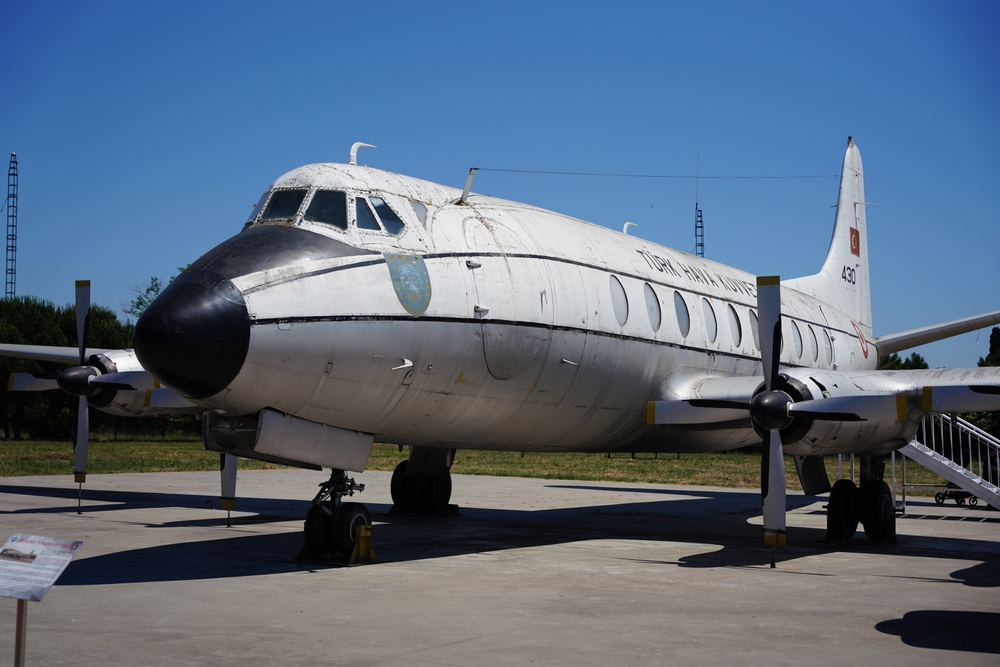
The Vickers Viscount was a groundbreaking turboprop airliner when it debuted, but modern advancements have eclipsed its usefulness. It can’t compete with the speed or efficiency of today’s jets, leaving it more of a relic than a practical machine. Restoration is a costly endeavor, often exceeding the aircraft’s value on the open market.
De Havilland Comet
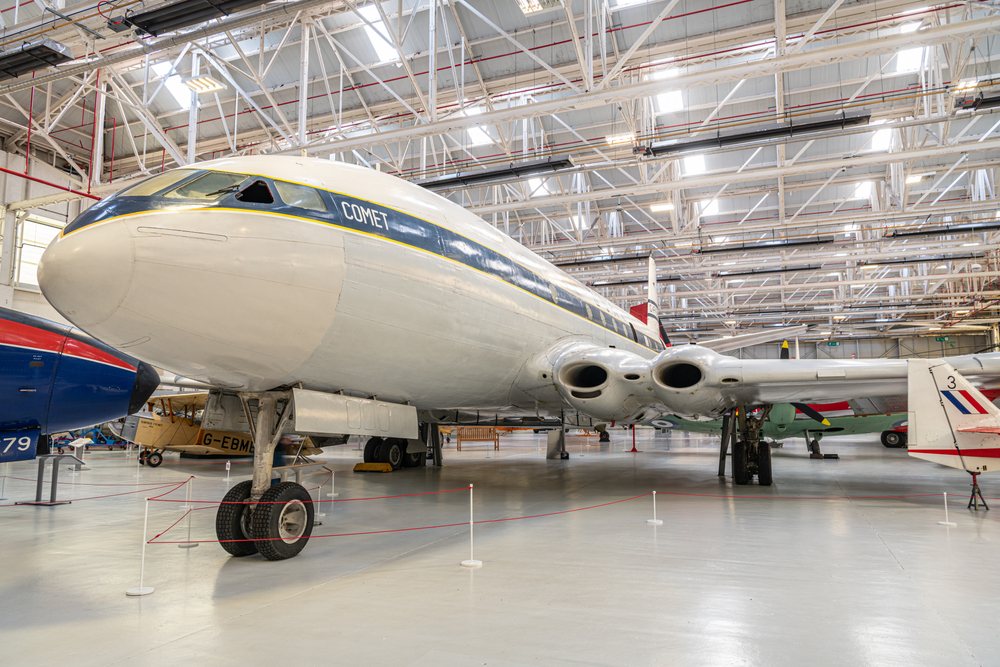
The De Havilland Comet holds the title of being the world’s first commercial jetliner, yet early design flaws severely impacted its longevity. Metal fatigue issues led to catastrophic failures, damaging its reputation and future sales. Today, its historical value is overshadowed by the challenges of keeping such an old model airworthy. The significant costs of restoration have contributed to its diminishing worth among collectors.
Convair 880
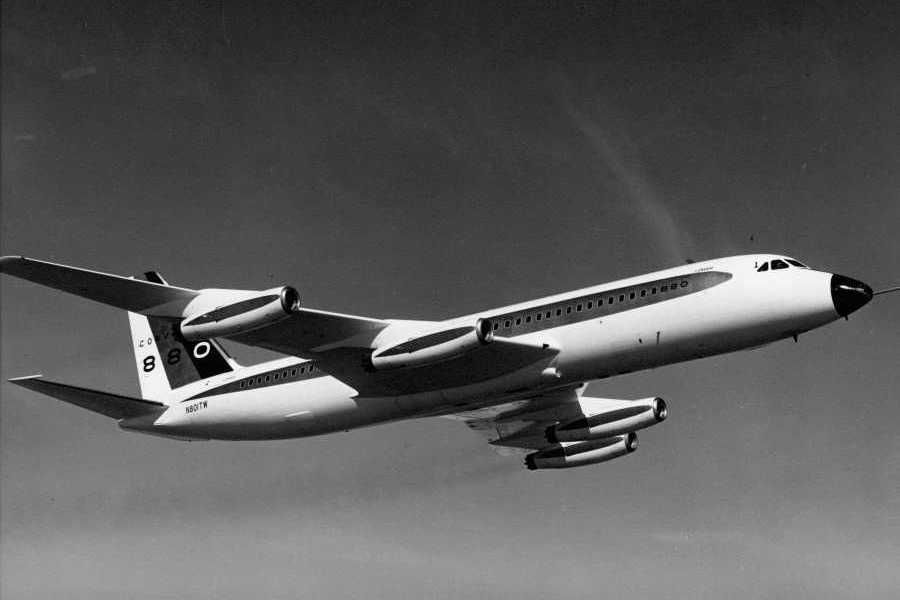
The Convair 880, developed to compete with the Boeing 707, fell short in terms of performance and fuel efficiency. Its smaller size and higher fuel consumption made it less attractive to airlines, and these factors have continued to weigh on its market value. Though fast, its impracticality in the modern aviation landscape has deterred potential buyers. Even among vintage collectors, its appeal has waned due to the costs of upkeep.
North American T-6 Texan
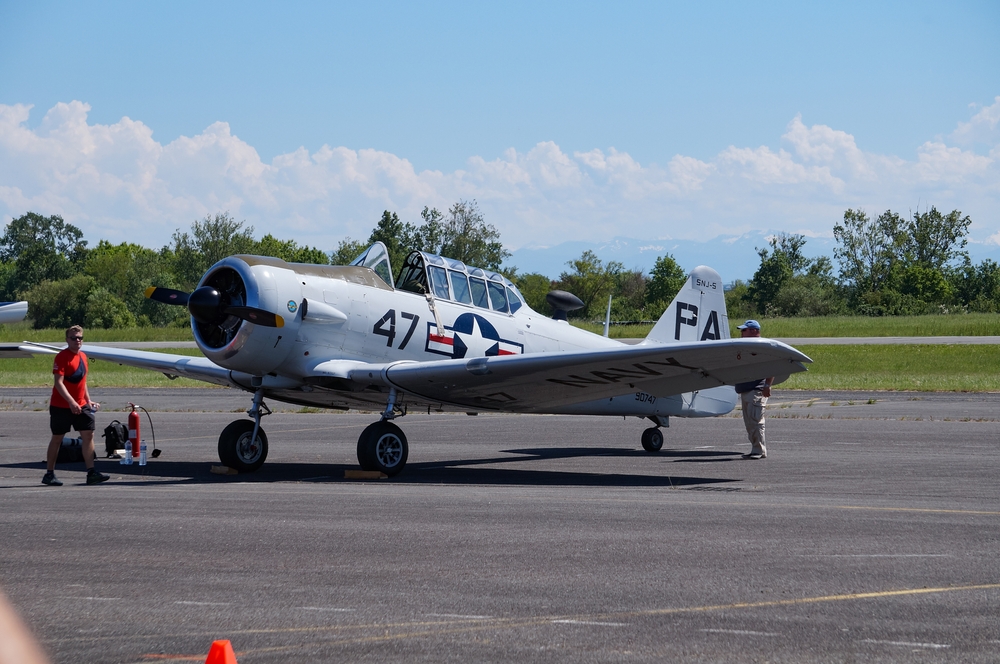
Originally a staple of military pilot training, the North American T-6 Texan has become a victim of its own success. With thousands of units produced, the market is saturated, and the once-popular aircraft is now in oversupply. Although it’s frequently seen at air shows, its abundance has diluted its rarity factor, decreasing its market value.
Fairchild C-119 Flying Boxcar
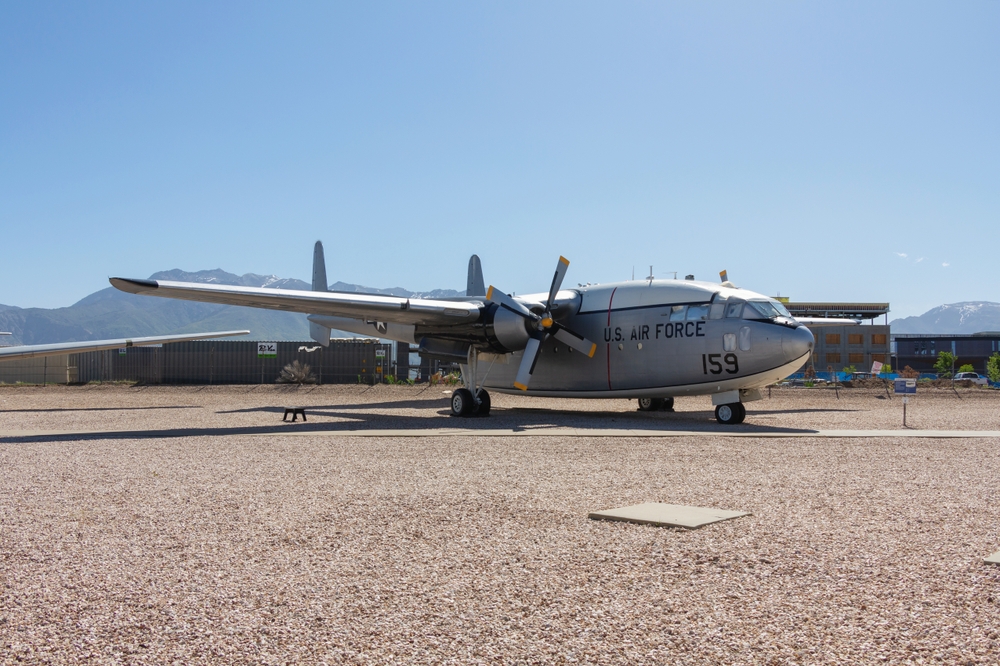
The Fairchild C-119 Flying Boxcar was a reliable military cargo plane, but the transition to jet-powered aircraft quickly rendered it obsolete. Its slow speed and high operating costs make it impractical for modern use. Restoration is expensive, and the plane’s large size complicates maintenance efforts. As a result, interest in the C-119 has waned, leading to a steady decline in its value.
Beechcraft Model 18
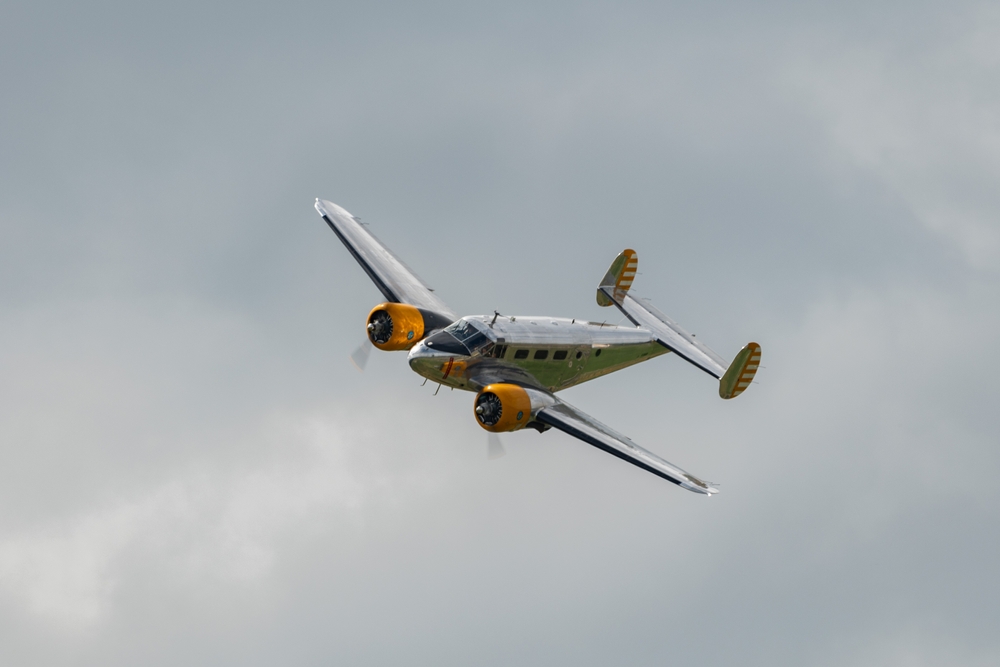
The Beechcraft Model 18, once praised for its versatility in both passenger and cargo roles, is now outdated compared to modern twin-engine planes. The plane’s limited capacity and the rising costs of restoration have made it a less appealing investment. Though still respected for its historical significance, it no longer commands the high prices it once did.
Curtiss C-46 Commando
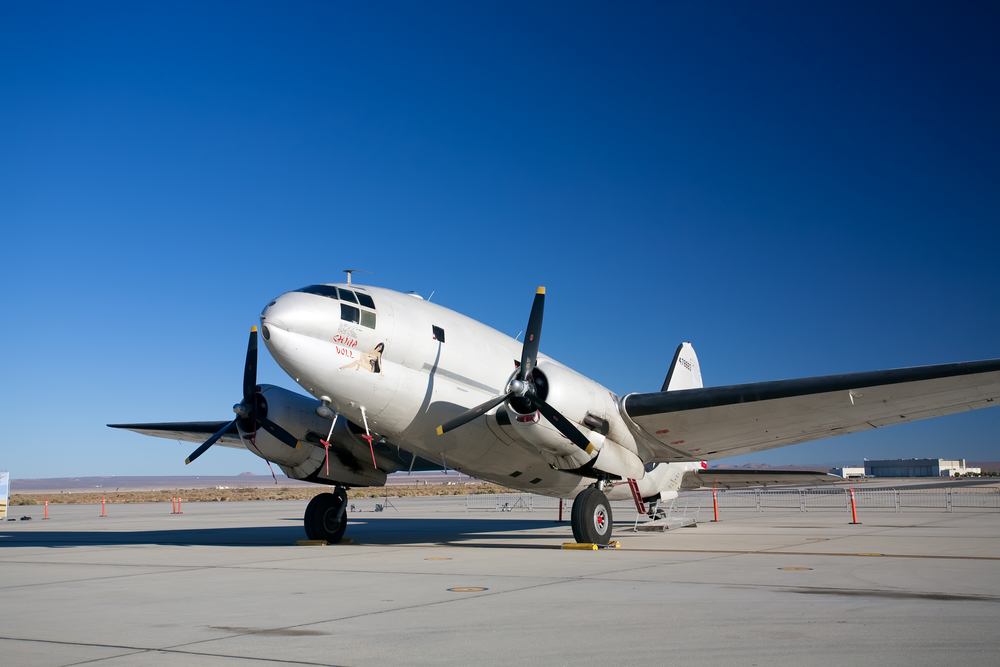
Built for rugged military missions, the Curtiss C-46 Commando excelled in roles like flying over the Himalayas during World War II. However, in peacetime, its bulky design and inefficient fuel consumption became clear drawbacks. It’s a large, costly aircraft to maintain, and its niche appeal has left it struggling to attract buyers.
Boeing Stearman
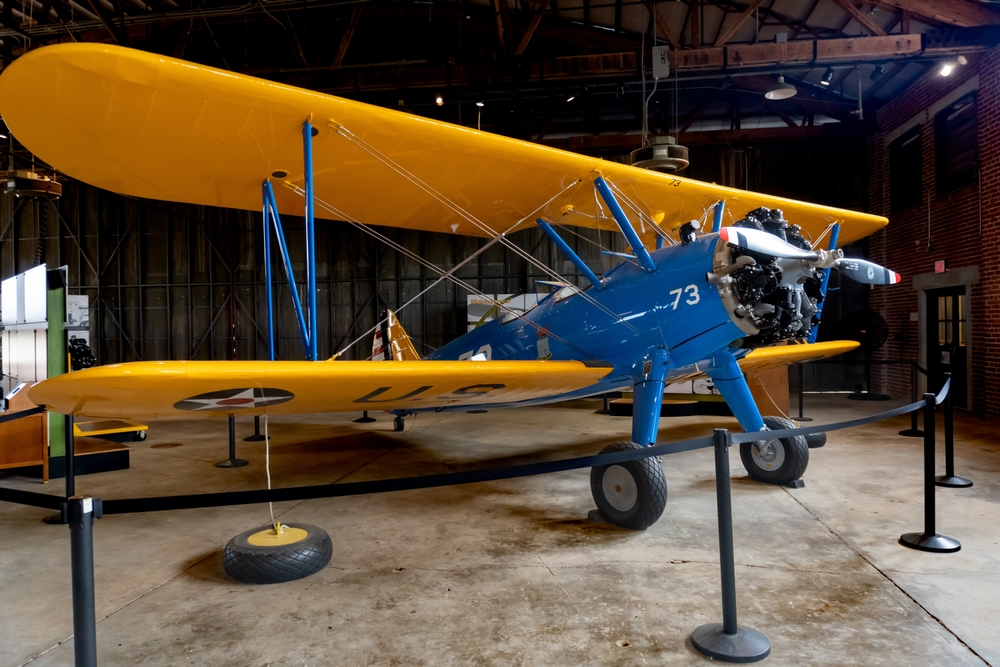
The Boeing Stearman served as a primary trainer for U.S. pilots during World War II, but its abundance has led to a decrease in value. So many remain in existence that their once-prized rarity has faded. While still popular for nostalgic reasons, the sheer volume available on the market keeps prices stagnant. It’s become more of a historical relic than a valuable collector’s item.
Avro Lancaster
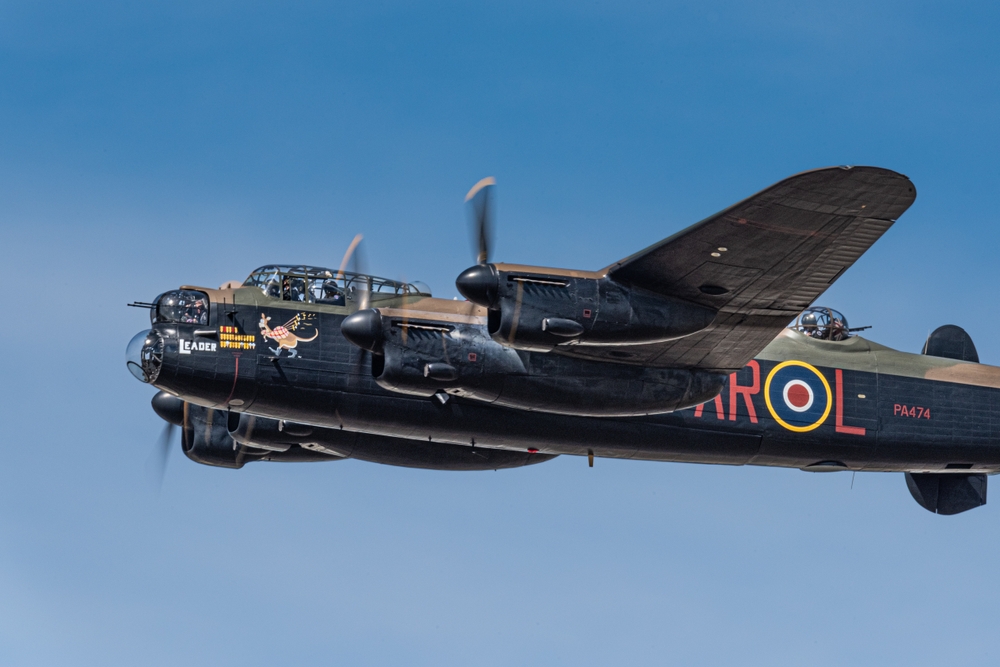
The Avro Lancaster, a British heavy bomber, played a crucial role in World War II, but maintaining one today is a monumental challenge. These aircraft are expensive to restore, with parts being difficult to source. While it remains a symbol of British airpower, fewer collectors are willing to take on such an extensive and costly project.
Martin B-26 Marauder
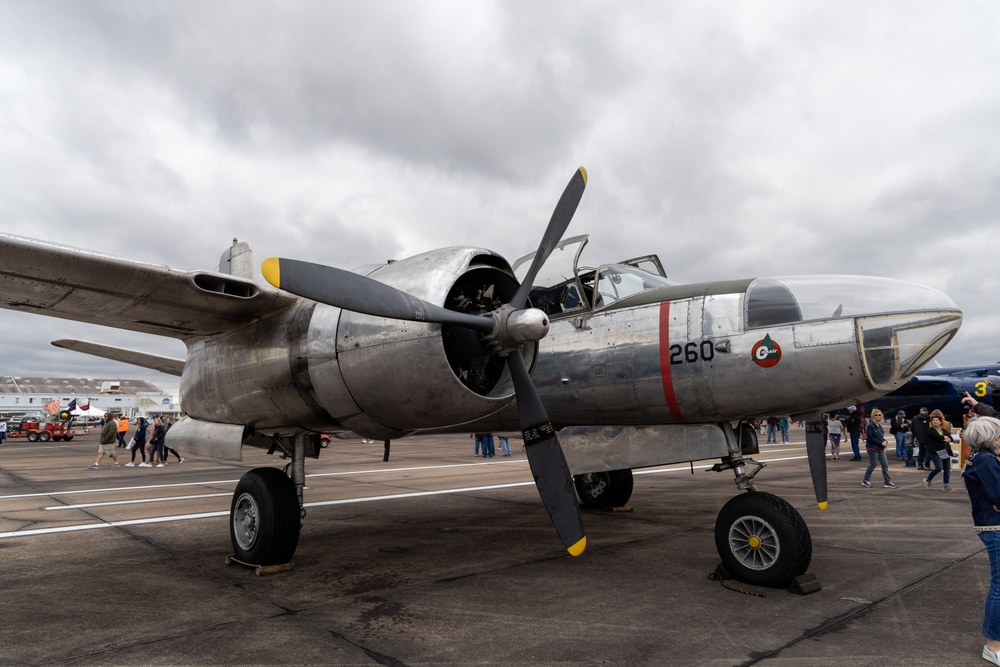
Known for its speed and agility during World War II, the Martin B-26 Marauder is now less favored among collectors. Its historical significance hasn’t been enough to counterbalance the high restoration and maintenance costs associated with keeping one airworthy. Competing warbirds, like the P-51 Mustang, often overshadow the Marauder in terms of popularity. Consequently, its market value has declined over the years.
De Havilland Tiger Moth

The De Havilland Tiger Moth, an iconic trainer aircraft, once dominated the skies. However, its limited speed and capabilities have made it less appealing in today’s world of advanced aviation. Despite its historical legacy, there’s little practical use for the Tiger Moth now, and restoration costs are high. As a result, it no longer commands the high prices it once did.
Republic P-47 Thunderbolt
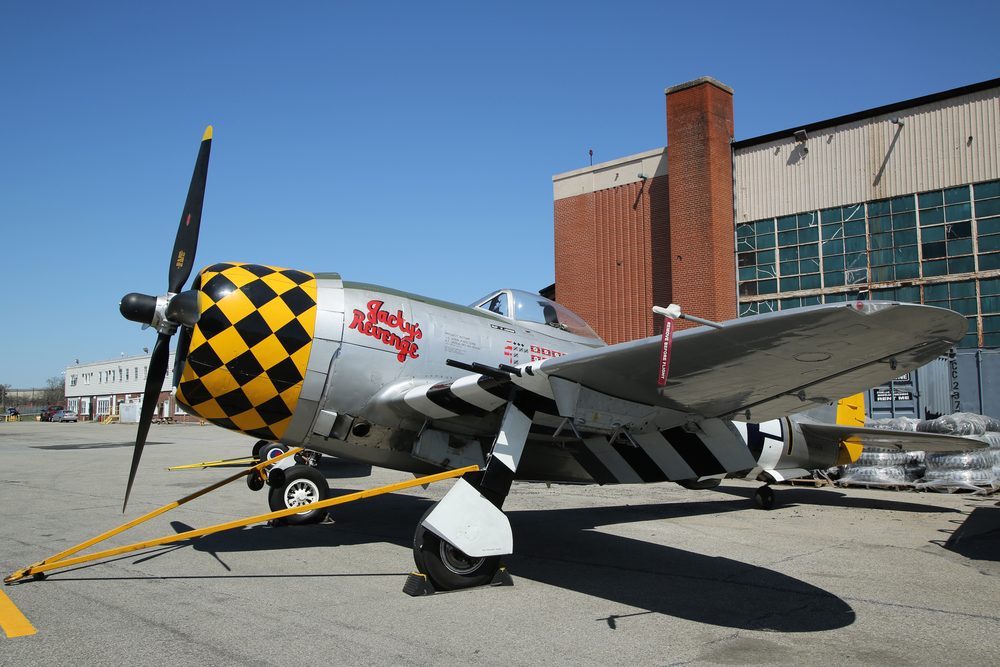
The Republic P-47 Thunderbolt, despite its fearsome reputation during World War II, has gradually lost its market appeal. Its large size and complex design make it difficult to maintain, and other more agile warbirds have taken its place in the hearts of collectors. Though powerful, the Thunderbolt’s high operating costs further deter buyers.
Douglas A-26 Invader
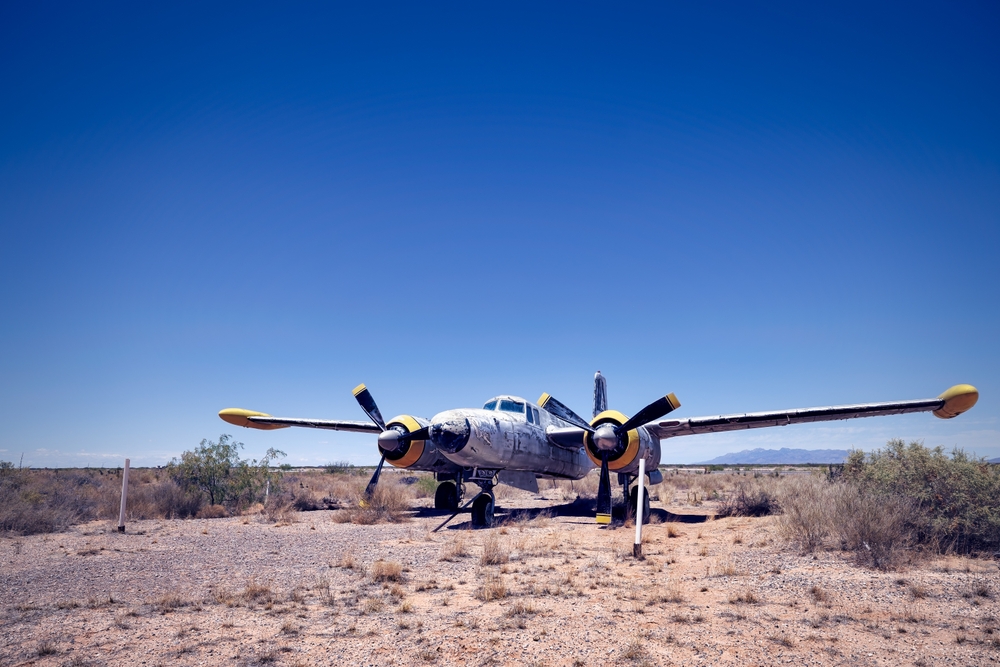
Designed for versatility in bombing and strafing missions, the Douglas A-26 Invader has lost its luster in the vintage aircraft market. While it once boasted a powerful engine and long-range capability, modern collectors tend to favor smaller, easier-to-maintain aircraft. Restoration and operation are costly, and the A-26 simply doesn’t offer the same return on investment as more sought-after models. This has led to its declining value.
Supermarine Spitfire
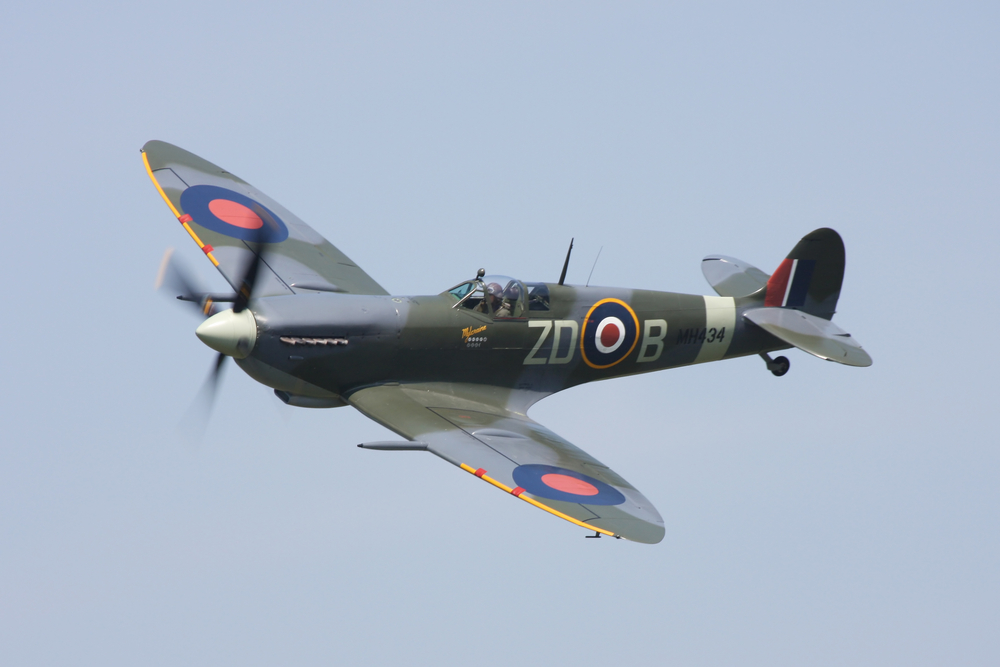
The Supermarine Spitfire, famous for its role in defending Britain during World War II, has surprisingly seen a dip in market value. Although many have been restored and displayed in air shows, this abundance has diminished its exclusivity. Coupled with high maintenance costs, the market is oversaturated with available models, further driving down prices. Its once-premium status has been diluted by the sheer number of surviving examples.
Messerschmitt Bf 109
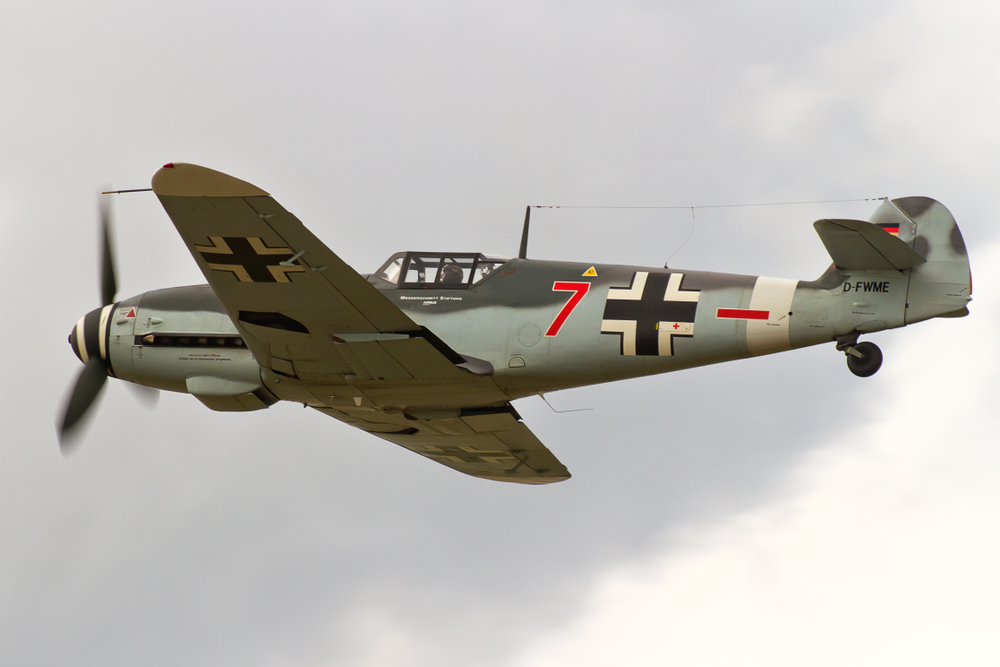
The Messerschmitt Bf 109, a formidable fighter plane from World War II, has become more of a burden to collectors than a prize. Finding original parts for restoration is difficult, and the aircraft’s historical ties to Nazi Germany can make it controversial to own. Although it performed brilliantly in combat, maintaining one today is an expensive and politically fraught endeavor.
Lockheed P-38 Lightning
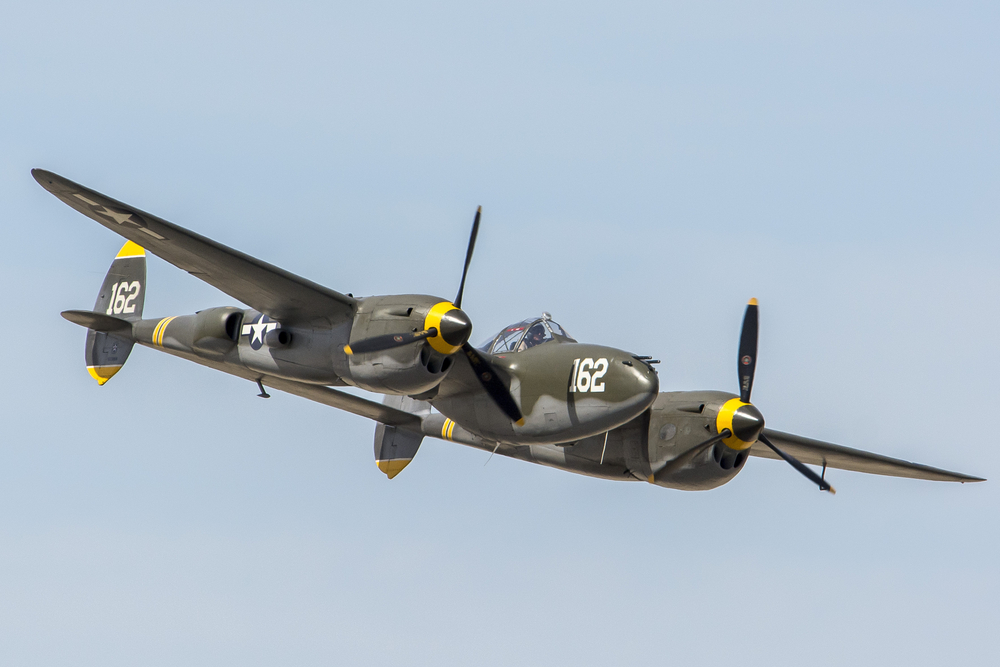
The Lockheed P-38 Lightning was admired for its twin-boom design and exceptional combat performance. However, the complexity of maintaining such a unique design has led to a drop in its market value. Parts are hard to come by, and restoration projects are costly and time-consuming. With fewer collectors willing to take on the challenge, the once-revered P-38 has seen its worth diminish.
This article originally appeared in MyCarMakesNoise.
More from MyCarMakesNoise
5 Vintage Fire Trucks Still in Active Duty
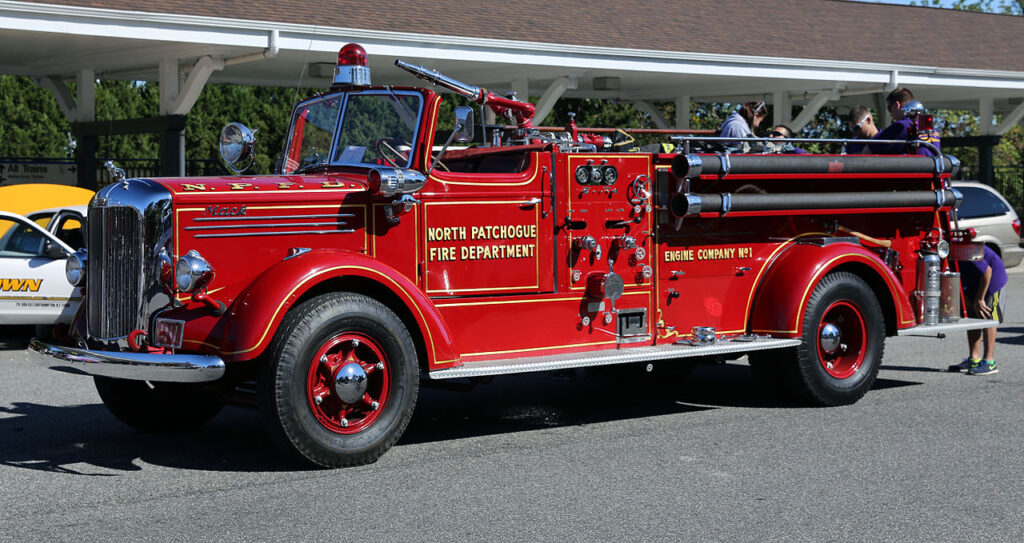
There’s something special about seeing a vintage fire truck still out on the road, answering calls just as it did decades ago. These classic machines, full of history and character, continue to serve their communities with the same reliability they were built for. Read More.
23 Classic Off-Road Vehicles Every Collector Wants

When it comes to off-road vehicles, some classics have stood the test of time, becoming icons among collectors. These rugged machines were built for adventure, but their lasting appeal has turned them into prized possessions. Read More.
15 Ways Autonomous Vehicles Will Revolutionize Your Daily Commute

As technology continues to advance at a rapid pace, autonomous vehicles are on the brink of revolutionizing the way we commute. Imagine a world where traffic jams, road rage, and the stress of daily driving are things of the past. Read More.



